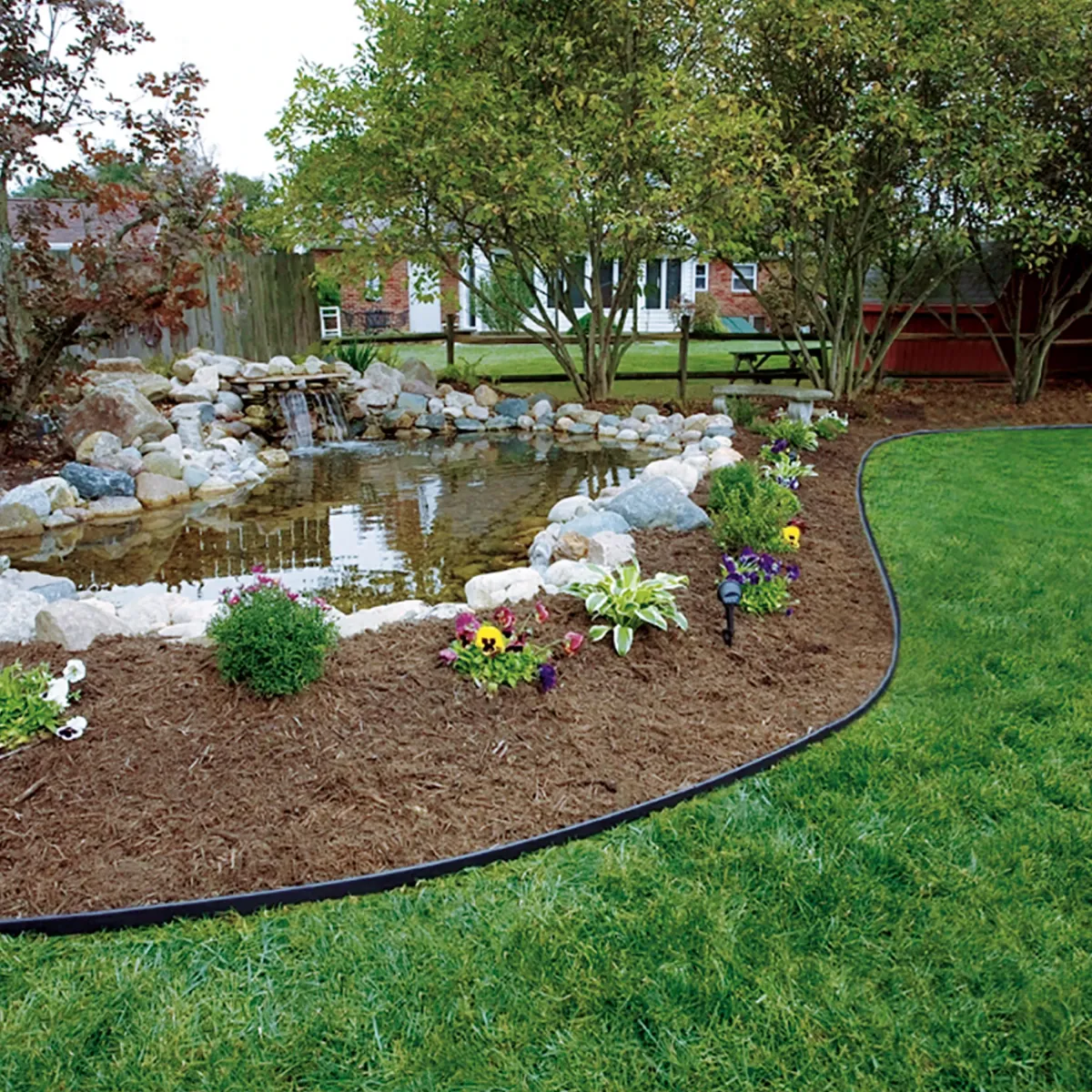
Choosing the Right Landscape Edging: Pros and Cons of Metal, Plastic, Aluminum & Natural Borders

🌿 A Complete Guide to Landscape Edging Materials
1. 💡 Why Edging Matters
Landscape edging is essential for creating clean, defined separation between your lawn, garden beds, and walkways. It helps contain mulch, prevent grass intrusion, and gives your yard a refined, polished look. Whether you're aiming for modern elegance or natural charm, the right edging makes all the difference.
2. 🛠️ Landscape Edging Options – Pros & Cons
Steel Edging
✅ Extremely durable and long-lasting
✅ Great at holding clean lines and curves
✅ Low maintenance once installed
❌ Heavier and more expensive than other options
❌ May require professional installation
💡 Best for: High-end borders, long-term installs, crisp curves
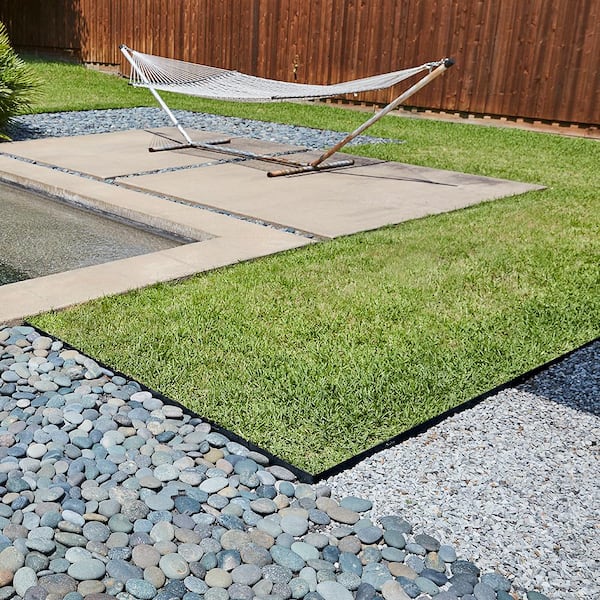
Aluminum Edging
✅ Lightweight and rust-resistant
✅ Easy to bend and shape around curves
✅ Easier for DIY installation than steel
❌ Can bend under pressure (mowers or foot traffic)
❌ Less rigid than steel over time
💡 Best for: DIY projects, curved garden beds, low-rust zones
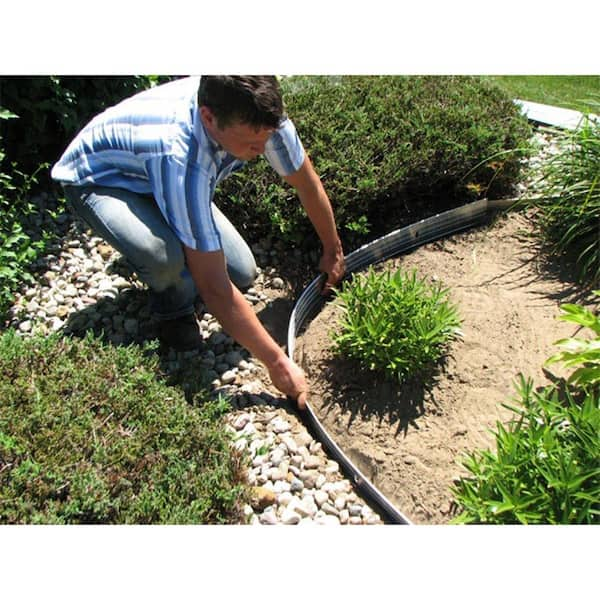
Plastic / PVC Edging
✅ Affordable and widely available
✅ Flexible for curves and simple shapes
✅ Quick to install, often no digging required
❌ May shift, crack, or fade over time
❌ Less professional look than metal edging
💡 Best for: Budget-conscious installs, beginner-friendly edging
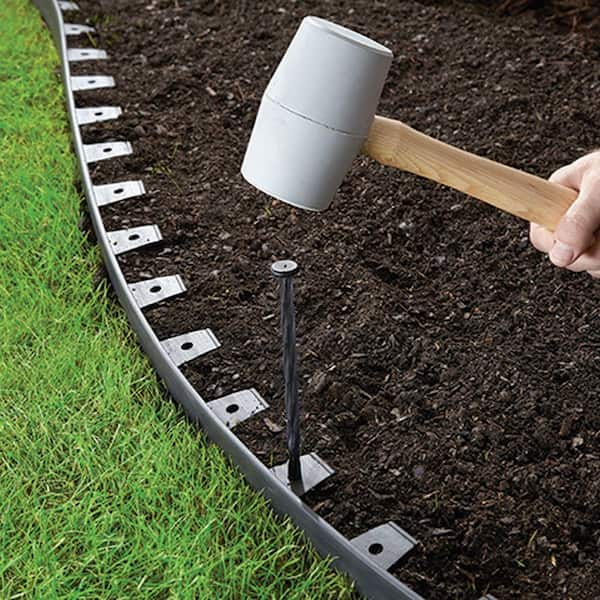
Natural (Trench-Cut) Edging
✅ No material cost — just a spade and some effort
✅ Blends seamlessly into natural landscapes
✅ Easy to mow over for a clean lawn line
❌ Requires seasonal maintenance to stay sharp
❌ Doesn’t prevent mulch or gravel from spreading
💡 Best for: Organic garden styles, low-cost borders, flexible layouts

Concrete or Paver Edging
✅ Provides a clean, upscale, and permanent look
✅ Extremely durable and weather-resistant
✅ Works well as a mow strip or transition from hardscape to garden
❌ Higher upfront cost and labor-intensive installation
❌ Not easily adjustable once installed
💡 Best for: Formal landscapes, patios, walkways, and modern garden transitions
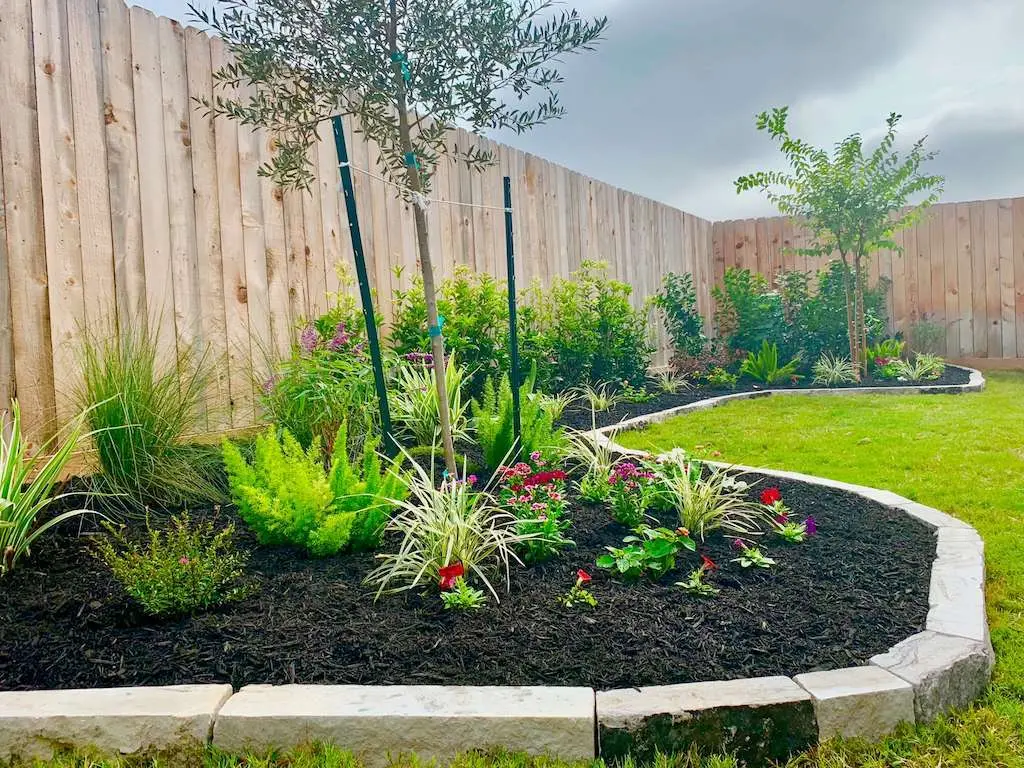
3. 🔍 Material Deep Dive
Steel Edging (Including Corten, Galvanized, Stainless)
Pros: Excellent durability, resists warping, perfect for sharp, long-term borders. Keeps mulch and roots contained. Minimal upkeep—just tap it back into place if needed .
Cons: Higher price ($3–3.50/ft), heavier to transport, professional installation often recommended .
Aluminum Edging
Pros: Lightweight, rust-resistant, easy on curves, installation-friendly for DIYers .
Cons: Can bend or warp if hit by mower; lower-quality products may lack stiffness.
Plastic / PVC Edging
Pros: Most cost-effective, available in no-dig flexible strips, multiple color/design options .
Cons: Tends to crack, shift, or wrinkle over time; can look uneven; not mower-resistant .
Natural (Trench) Edging
Pros: Elegant “cut-edge” look, free material cost, easy to mow over, highly flexible shape.
Cons: No physical barrier—mulch or gravel may spill; requires periodic re-shaping; less defined over time.
Concrete & Paver Edging
Pros: Visually strong, doubles as a mowing strip, matches patios/walkways
Cons: Requires a solid base, higher labor/material cost, not adjustable once set
4. ✅ Choosing the Right Edging for Your Project
Want a sleek, long-lasting border? Go with steel or aluminum.
On a tight budget or want quick DIY installation? Consider plastic edging.
Prefer a natural, sustainable aesthetic? Use trench-cut natural edging, maintained annually.
Curving beds or custom layouts? Aluminum and plastic offer flexibility; steel can also flex but may need more effort.
5. 🛠️ Installation & Maintenance Tips
Secure all edging tightly with stakes or anchors
Compact the soil or gravel base before installing concrete/paver edging
Re-shape trench edges at least once per season for clean lines
With plastic or aluminum, ensure clean joints and proper depth for stability.
6. 🔚 Final Thoughts
Landscape edging isn’t just about aesthetics — it’s about structure, function, and long-term yard health. From classic steel lines to natural curves, modern pavers to budget-friendly plastic, there’s an edging solution for every project, every budget, and every style.

